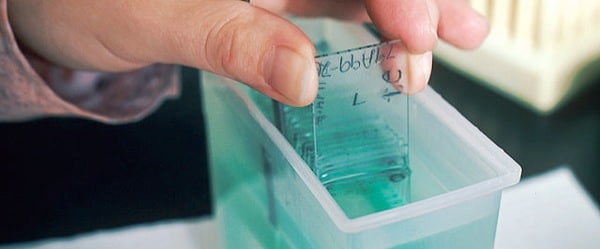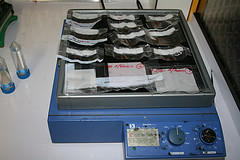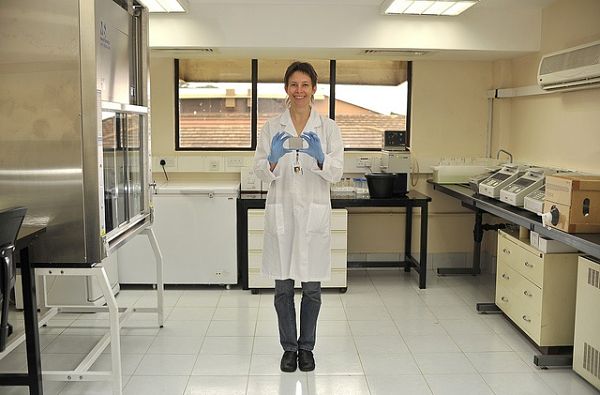As a research intern this summer, part of my project included expressing and purifying a few proteins of interest. Two out of the three proteins posed no problem, but the third caused me to spend an agonizingly long amount of time– setting up new secondary cultures everyday, waiting for them to grow, forgetting to induce them at the right OD and, once, a certain somebody misplaced his cell pellets before sonication!
While trying to purify this protein, I learned about various things that can be done to express and purify a particularly stubborn protein. However, you should note that my protein was cytosolic – so this made things easier ;)
Don’t let your cells OD
Assuming you’re using an inducible expression model, the time of induction may be crucial for the expression of your protein. Induction at different growth phases can impact the yield of your protein.
Most people suggest inducing your culture at an OD600 of 0.6 (exponential growth phase), but I’ve found that an OD600 of 0.4 (early growth phase) worked best for me. To optimize this step, set up different small cultures (~10ml each), induce each at a different growth phase and check which one works best for you and your protein.
Enjoying this article? Get hard-won lab wisdom like this delivered to your inbox 3x a week.

Join over 65,000 fellow researchers saving time, reducing stress, and seeing their experiments succeed. Unsubscribe anytime.
Next issue goes out tomorrow; don’t miss it.
Not too hot, not too cold!
The temperature at which cells are incubated post-induction also plays a major role in whether a protein will be successfully synthesized. For example, the protein I was working with, gave significantly higher yields at 18°C than at the usual optimum 37°C for Escherichia coli. If the growth phase gradient does not give you desired results, you can run a post-induction temperature gradient. If working with E. coli, 18°C, 25°C, and 37°C should work.
If you’re desperate, running both gradients together may also be an option. That’s what I did. But beware of the number of samples you’ll be handling!
Spin me round
Something that I hadn’t noticed before, but stumbled upon by accident, is that the rotation speed (RPM of your incubator) is also an important factor in determining the protein yield.
I used the common incubator pre-induction (set at 150 RPM) and used one kept near my bench for the post-induction incubation. Someone had set it to 90 RPM (bless their soul!) and the yield of my protein increased by almost 2 fold!
Not saying that this is a sure-shot, but I’ve replicated those conditions and always get a great yield. You can probably try out different RPMs till you’ve found one that works for your protein.
Waiting for the right time
In my opinion, the time after induction is the probably the most crucial factor in determining the protein yield.
So, cells grow slower once you’ve induced the production of your protein (because the cell’s resources are being forcefully allocated to produce your protein of interest). Finding an optimum incubation time is important as it can be the difference between getting a good amount of your protein versus losing your protein to inclusion bodies. Of course, proteins can be recovered from inclusion bodies, but why go for another long protocol when you can skip it!
It is also important to note that the time of incubation is inversely related to the temperature of incubation. If you’re using a lower temperature, incubate your culture for a longer time. Generally, 6 hours to overnight should work, depending on the temperature of incubation.
Protein expression may cause a roadblock in a bigger set of planned experiments, but it can be easily remedied.
And in the eternal words of the E. coli – ‘Let there be Protein!’
You made it to the end—nice work! If you’re the kind of scientist who likes figuring things out without wasting half a day on trial and error, you’ll love our newsletter. Get 3 quick reads a week, packed with hard-won lab wisdom. Join FREE here.








